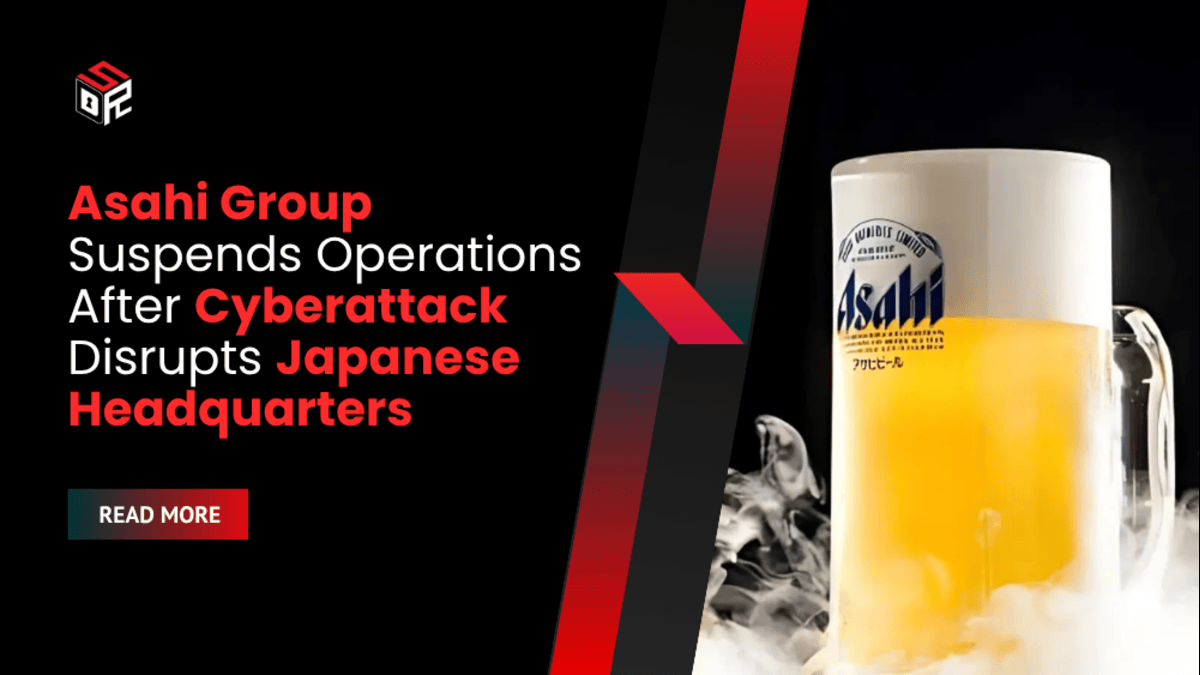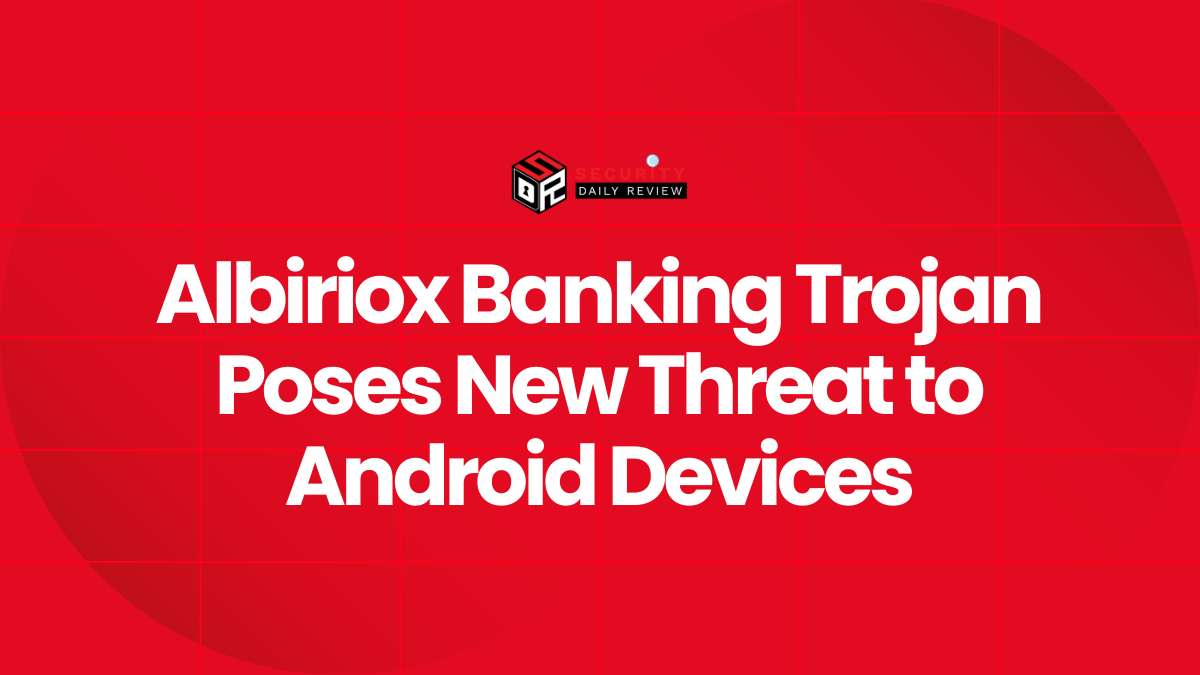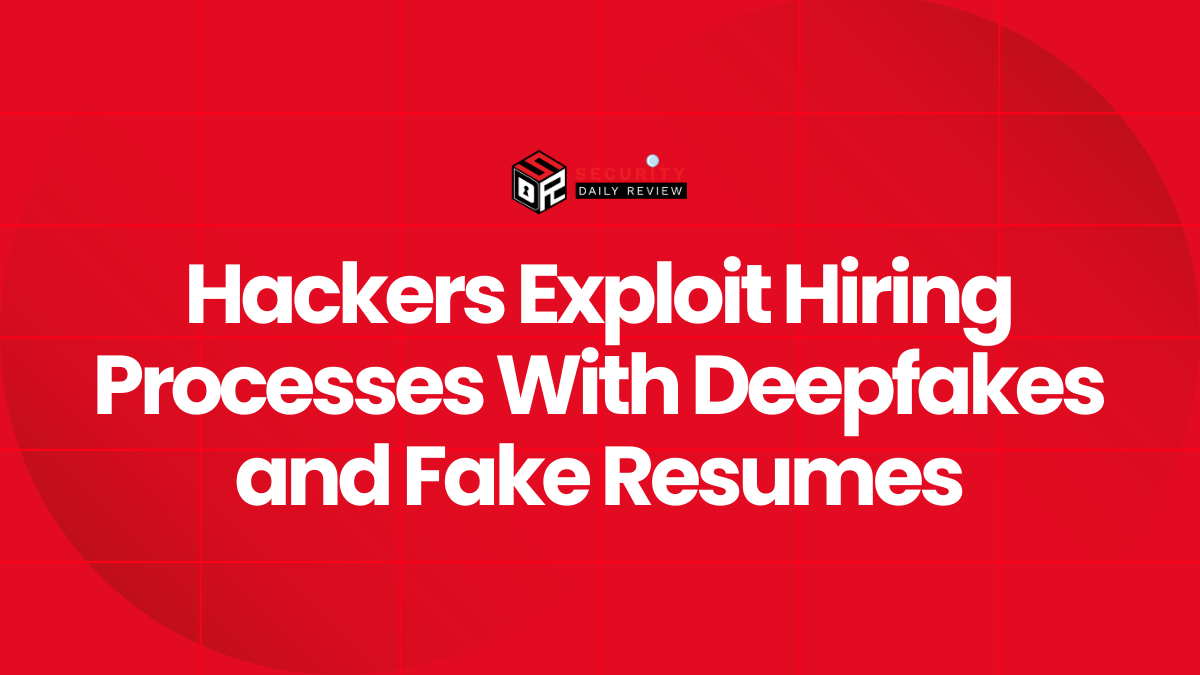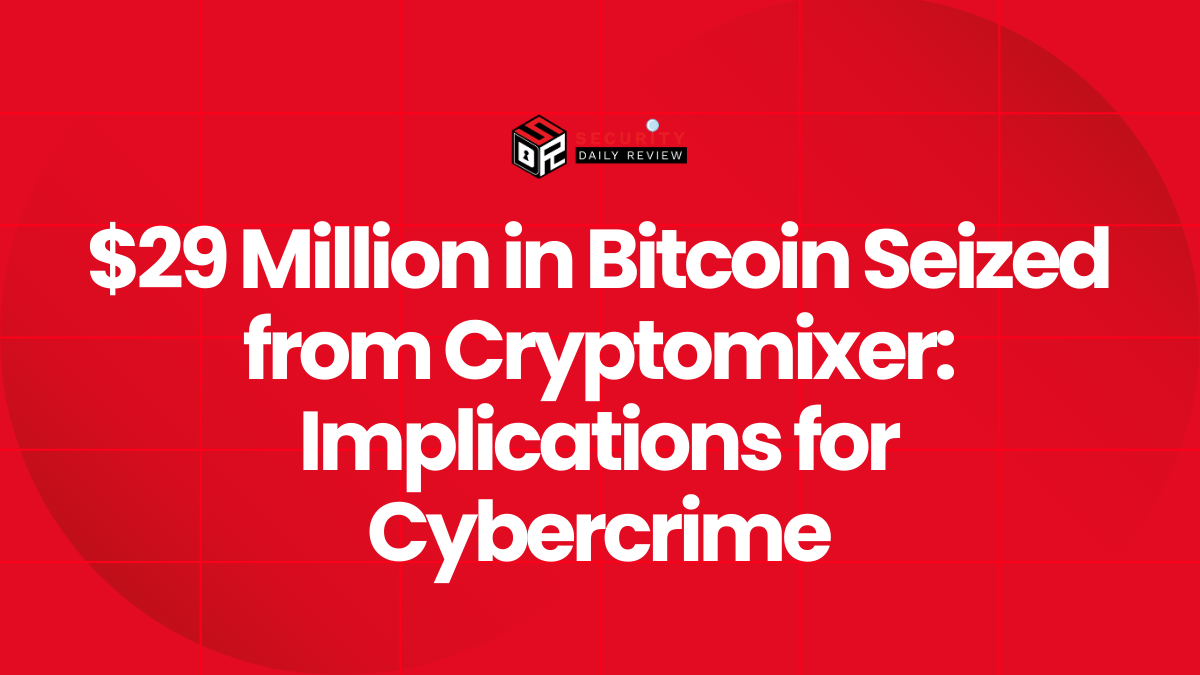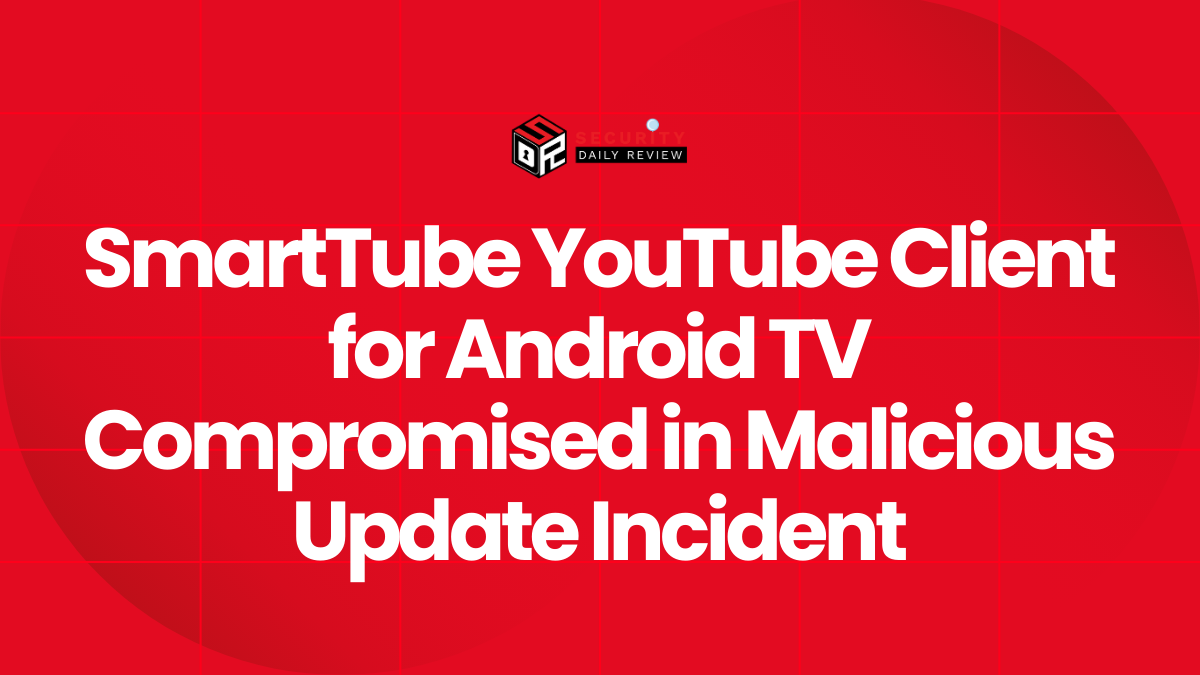Asahi Group Holdings, Ltd. (Asahi) confirmed a cyberattack that began in the early morning and forced the company to suspend ordering, shipping and customer-service functions across its Japan operations. The company posted an official notice stating it is “experiencing a system failure caused by a cyberattack” and apologized to customers and partners while investigators work to restore services.
Local reports indicate the incident started at about 7:00 a.m. Japan time and initially affected order processing, distribution scheduling and call-center platforms. Asahi says the disruption is limited to its Japan operations; regional branches outside Japan were put on heightened alert but had not been reported as impacted at the time of this notice. Production at some domestic plants has been halted while the company assesses the full operational footprint and recovery timeline.
“At this time, there has been no confirmed leakage of personal information or customer data to external parties.” — Asahi Group Holdings public statement.
Technical Assessment, Comparative Incidents, and Risk Implications
What is Known (and what remains unknown)
Public disclosures so far are measured: Asahi has confirmed a system failure caused by a cyberattack but has not yet said whether systems were encrypted, whether data were exfiltrated, or whether a ransom demand has been issued. Independent outlets report Asahi was still unable to resume production at some domestic factories as the investigation continued.
Given the limited public telemetry, investigators will prioritize three forensic lines: (1) identify the initial access vector (phishing, exposed admin interface, compromised vendor, or zero-day exploit); (2) hunt for data staging and exfiltration indicators (large outbound transfers, atypical cloud API activity, or use of encrypted tunnels); and (3) assess whether malware with destructive or ransomware-like behavior is present.
Likely Attacker Behaviors and Motive
Ransomware and disruptive extortion actors frequently target enterprise back-office systems—order-management, ERP, logistics and customer-service platforms—because disabling these services produces immediate operational pain and amplifies pressure to negotiate. If attackers sought disruption rather than data theft, tactics may include wiper commodity malware or coordinated destructive actions. If they sought monetization, evidence of exfiltration followed by extortion negotiations are likely.
This outage follows a run of high-impact third-party and vendor-focused incidents this year that produced real-world disruptions—most notably the multi-week manufacturing suspension at Jaguar Land Rover after a Salesforce breach, and other supply-chain compromises that cascaded across customers. These precedents illustrate how vendor/third-party exposures or central IT outages can multiply downstream effects across operations, logistics and customer experience. Coverage of those incidents provides a useful playbook for defenders and is consistent with trends noted in recent industrial-impact intrusions.
Risk for Stakeholders
- Operational risk: suspended ordering and shipping cascade quickly into inventory shortages, missed deliveries and lost sales.
- Customer and partner impact: call center outages and delayed shipments harm retail and trade partners and degrade consumer trust.
- Data and fraud risk: if HR, payroll or customer contact data were exposed, that information could be used for targeted phishing, identity theft, or payroll fraud.
- Regulatory exposure: depending on the scope of any data loss, Asahi may face notifications to privacy regulators and reporting obligations under Japanese and international rules.
Remediation Guidance and What To Monitor Next
Immediate Containment and Response Checklist
- Isolate affected networks and preserve forensic evidence: capture disk and memory images, logs and configuration snapshots before remediation.
- Hunt for exfiltration: review outbound network flows, cloud-storage writes (S3/Blob), and unusual API activity during the compromise window.
- Validate and stage recovery from immutable backups: prefer rebuild-from-golden-image when persistence or contamination is suspected.
- Rotate privileged credentials and service keys: prioritize admin, SSO, VPN and service-account credentials.
- Communicate proactively: provide verified status updates to customers, suppliers and regulators; offer clear instructions for partners to confirm orders and shipments.
Mid-Term Controls (CISO/Board Priorities)
- Network segmentation and microsegmentation to separate ordering/shipping systems from corporate assets.
- Hardened remote access with MFA, conditional access and session recording for administrative consoles.
- Supply-chain risk management: require key vendors to demonstrate incident-response capabilities, logging, and backup integrity.
- Improve egress monitoring and DLP to detect staged exports of sensitive data.
What Stakeholders and the Public Should Watch for Next
- Public forensic updates from Asahi that confirm whether data exfiltration or encryption occurred.
- Any ransom notes or extortion communications posted by threat actors; absence of a public claim does not mean no extortion is occurring privately.
- Regulatory filings or notifications that clarify the scope of any personal-data exposure.
- Secondary impacts on suppliers, distributors and regional branches that may reveal a wider supply-chain effect over the coming days.

